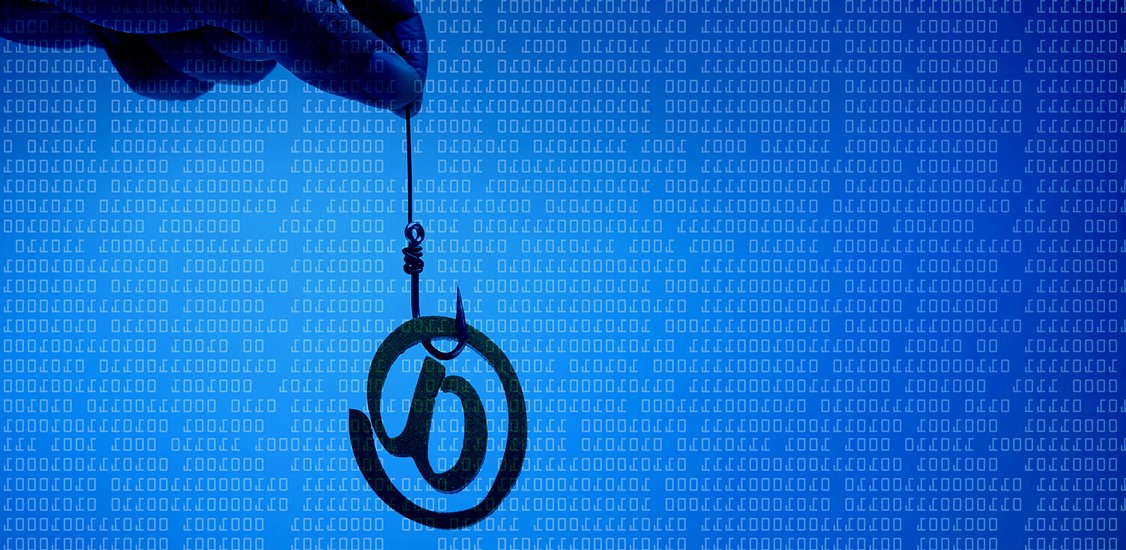Technology is seamlessly intertwined with our everyday lives in the modern digital world, and cybersecurity has never been more pertinent.
However, as businesses embark on a digital transformation journey, the critical role of cybersecurity is often overlooked, which is perhaps why most enterprises find themselves surrounded by cyber threats and privacy breaches.
As far as the current modern digital landscape is concerned, businesses must abide by the fact that robust cybersecurity isn’t a luxury anymore; it’s an absolute necessity to shield sensitive business data and customer information.
As we enter Cybersecurity Awareness Month i.e. October, it’s crucial to understand the rapidly shifting nature of cyber threats and equip ourselves with adequate knowledge to navigate this tough terrain.
Let’s explore how you can fully gear to face the ever-increasing cybersecurity challenges this Cybersecurity Awareness Month.
The Evolution of cyberthreats
Cyber threats were relatively simple in the early days of the internet; however, as technology advanced, the sophistication of these threats increased exponentially.
Earlier businesses relied on firewalls, antivirus software, and malware protection. But these methods seem impotent to the highly advanced cyber attacks that compromise sensitive business data and eventually affect customer details.
Undoubtedly, we have a plethora of cyber threats, including ransomware, IoT vulnerabilities, phishing attacks, social engineering attacks, state-sponsored attacks, etc.
And to reinforce security against these threats, we must think beyond the traditional firewalls and antivirus mindset. In a nutshell, we must invoke the true potential of cutting-edge cybersecurity features, including MFA, adaptive MFA, encryption, access control, and more.
Let’s understand how these modern vulnerabilities affect businesses and customers and how to shield yourself against them.
Ransomware: The modern-day digital extortion
Gone are the days when kidnappers target individuals by kidnapping their dear ones and demanding funds for their freedom. Instead, they’ve found a far better way to execute extortion!
Digital custody of your sensitive business information or personal data is undeniably the modern-day digital extortion. Cybercriminals demand huge funds to reestablish access to your digital assets.
How does it work? Ransomware is malicious software designed to block access to a computer system or specific files until the owner of the system/data pays an adequate amount to unlock the same.
Cybercriminals are deploying malicious software to encrypt valuable data, holding it hostage until the owner pays the ransom.
What’s problematic about these attacks is that the cost of these attacks is not just monetary; it may lead to permanent data loss, reputational damage, and operational downtime for a business or an individual.
Phishing: hook, line, and sinker
Now, let’s talk about one of the most common attacks in the modern digital landscape, i.e., phishing.
Phishing attacks have evolved recently and have become highly targeted and convincing. Cybercriminals use sophisticated social engineering tactics to trick individuals or a group of individuals within a business into divulging information, including passwords, bank details, and sensitive business information.
These kinds of attacks are executed mostly through emails where individuals receive emails or messages often appearing to be from trusted sources. And thus, it makes it difficult for the victims to identify.
Why shouldn't phishing be ignored? Many global businesses lose millions of dollars and face reputational losses every year, even if one of their employees falls prey to phishing attacks. And the loss continues even longer if the attack goes unnoticed.
IoT vulnerabilities: a new dimension of risk
Admit it; we’re all surrounded by the aura of invisible interconnected devices and applications functioning flawlessly to deliver a seamless experience across various touch points.
However, the rise of the Internet of Things (IoT) has introduced new cybersecurity challenges that can severely impact individuals and businesses.
Whether we talk about smart home appliances, smart watches, or virtual assistants, a little loophole from the vendors’ end could be the reason for compromised sensitive information or privacy breaches.
Various cybersecurity heads believe compromised IoT devices can be weaponized for launching large-scale attacks, which may impact essential services and networks in the near future.
State-sponsored cyber-espionage: A growing concern
In today’s digital landscape, cyberspace has become a battleground for state-sponsored cyber espionage since nations are engaging in sophisticated attacks to steal sensitive information.
These kinds of attacks blur the boundaries between conventional warfare and cyber conflict. And most of the time, these kinds of attacks aren’t detected for days, months, or years!
Cybersecurity awareness: Our first line of defense
We’ve learned about the types of attacks that can disrupt the entire system and are now being practiced by cybercriminals across the globe. Let’s explore the effective ways to shield your organization, users, and employees from these attacks.
#1. Educate and train
Regular training programs could eventually empower individuals to recognize phishing attacks or other social engineering attacks. It’s always a great idea to organize frequent training for your employees regarding the latest threat vectors and train them to identify red flags.
#2. Implement robust security measures
Adding multiple authentication security layers is perhaps moderation's most important aspect. Using MFA can be the best way to reinforce security for users, employees, and customers across various touch points. Apart from this, you can leverage the true potential of adaptive authentication to ensure stringent authentication security in high-risk scenarios.
#3. Encourage passwordless authentication and the use of password managers
Asking your users to use password managers could be the best way to avoid data breaches linked to password compromise. Also, choosing passwordless authentication on your applications or web platforms shuns the need to remember complex passwords. And this helps in reducing the breaches associated with password compromises.
#4. Stay informed of cybersecurity trends
Last but not least, staying abreast of the latest cybersecurity trends and threats could help you better protect your employees, business, and customers. Knowledge is undoubtedly the key to recognizing and mitigating risks effectively.
Conclusion
The celebration of Cybersecurity Awareness Month is totally incomplete without reflecting on the shifting landscape of cyber threats and the collective responsibility we bear in safeguarding our digital world.
Hence, by embracing a proactive approach to cybersecurity, fostering a culture of cyber awareness, and staying informed about the latest threats, we can build a safer and more reliable cyberspace for all.




















